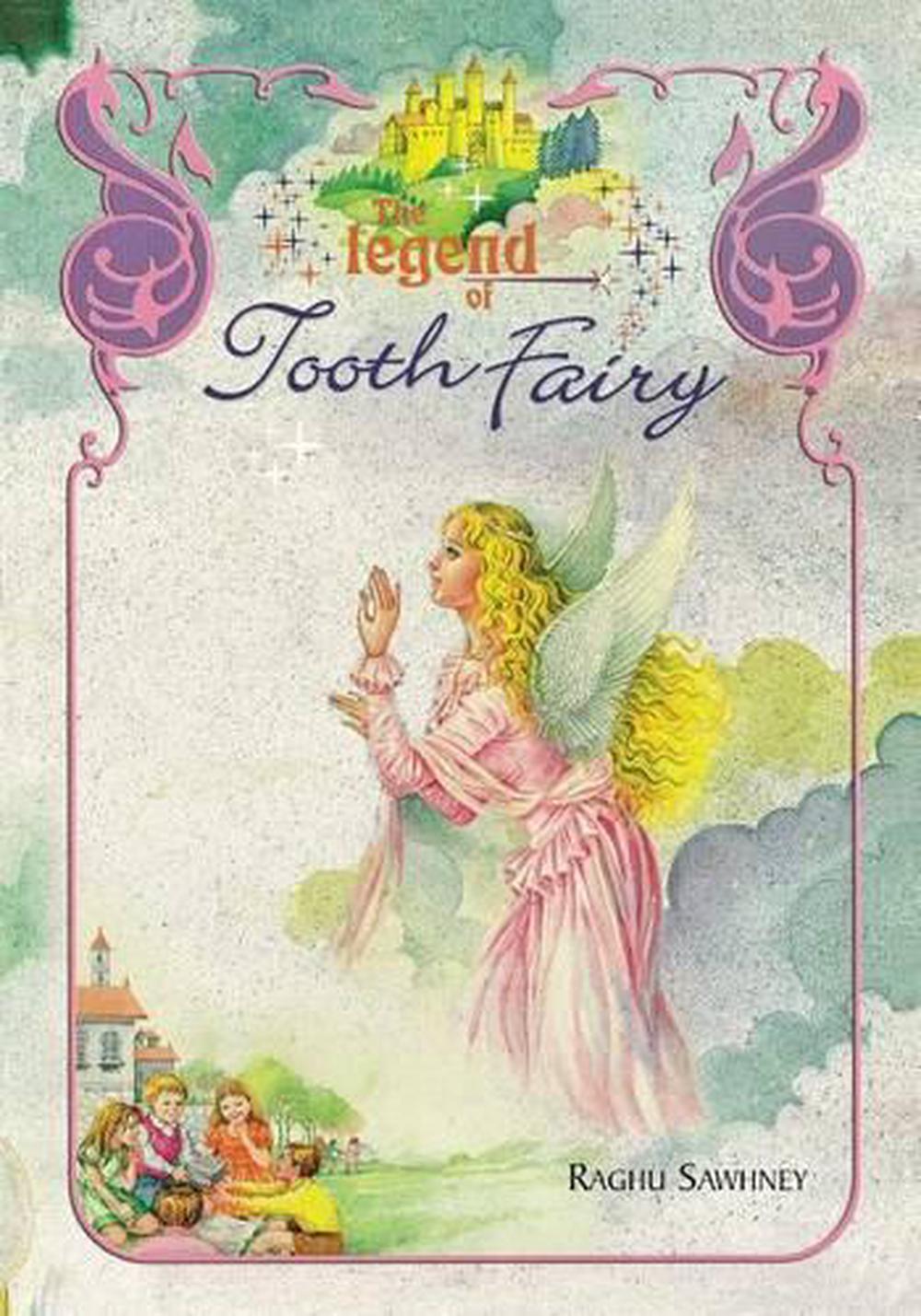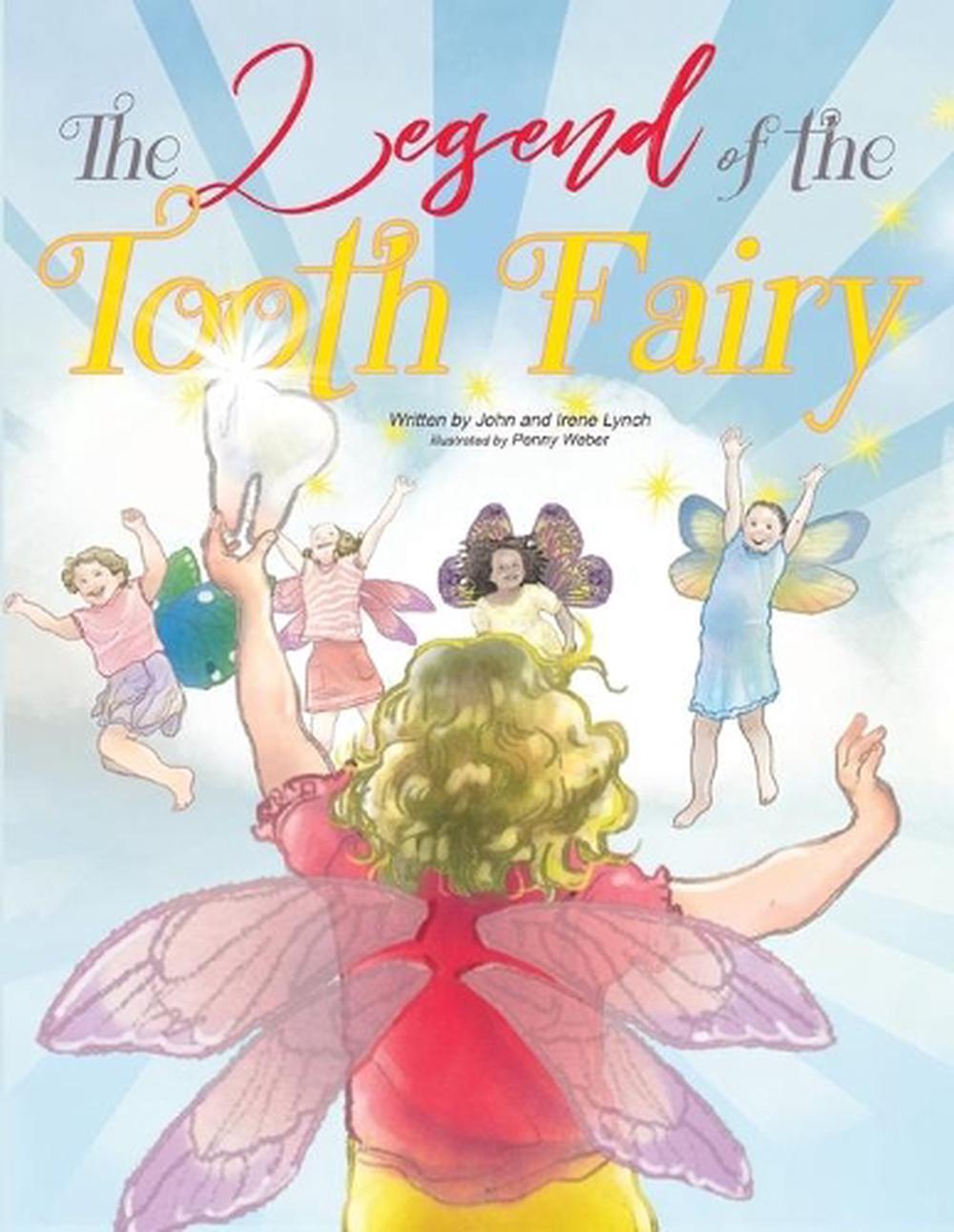

Fairies were also sometimes thought to haunt specific locations, and to lead travelers astray using will-o'-the-wisps. Common examples of such charms include church bells, wearing clothing inside out, four-leaf clover, and food.

It is also used as a name for the place these beings come from, the land of Fairy.Ī recurring motif of legends about fairies is the need to ward off fairies using protective charms.

Fairy has at times been used as an adjective, with a meaning equivalent to "enchanted" or "magical". At other times it has been used to describe any magical creature, such as goblins and gnomes. The label of fairy has at times applied only to specific magical creatures with human appearance, magical powers, and a penchant for trickery. Various folk theories about the origins of fairies include casting them as either demoted angels or demons in a Christian tradition, as deities in Pagan belief systems, as spirits of the dead, as prehistoric precursors to humans, or as spirits of nature. Myths and stories about fairies do not have a single origin, but are rather a collection of folk beliefs from disparate sources. The title of the painting is Take the Fair Face of Woman, and Gently Suspending, With Butterflies, Flowers, and Jewels Attending, Thus Your Fairy is Made of Most Beautiful Things (purportedly taken from a poem by Charles Ede).Ī fairy (also fay, fae, fey, fair folk, or faerie) is a type of mythical being or legendary creature found in the folklore of multiple European cultures (including Celtic, Slavic, Germanic, English, and French folklore), a form of spirit, often described as metaphysical, supernatural, or preternatural. A portrait of a fairy, by Sophie Gengembre Anderson (1869).


 0 kommentar(er)
0 kommentar(er)
